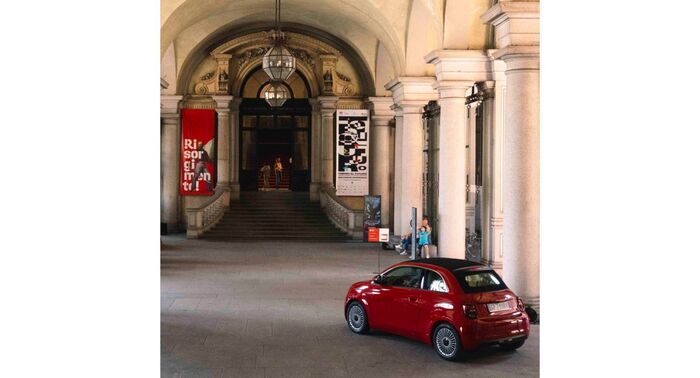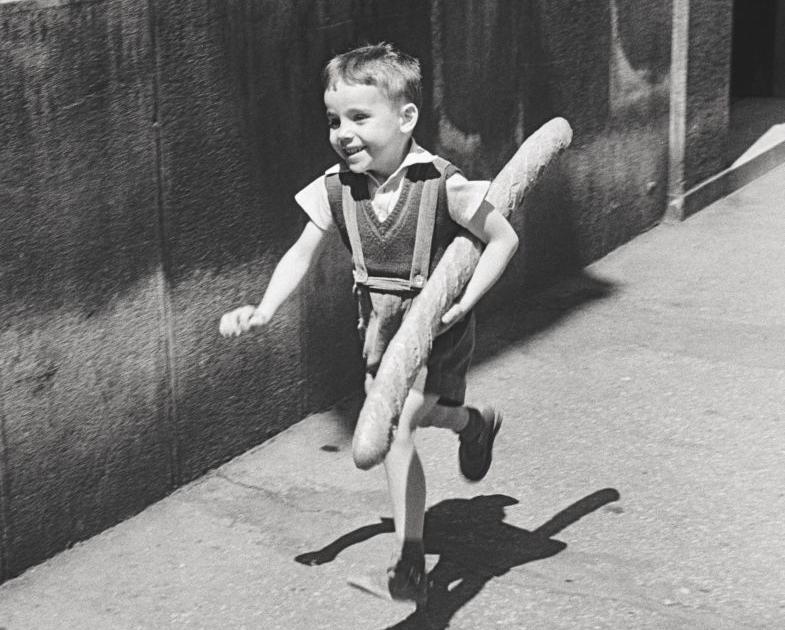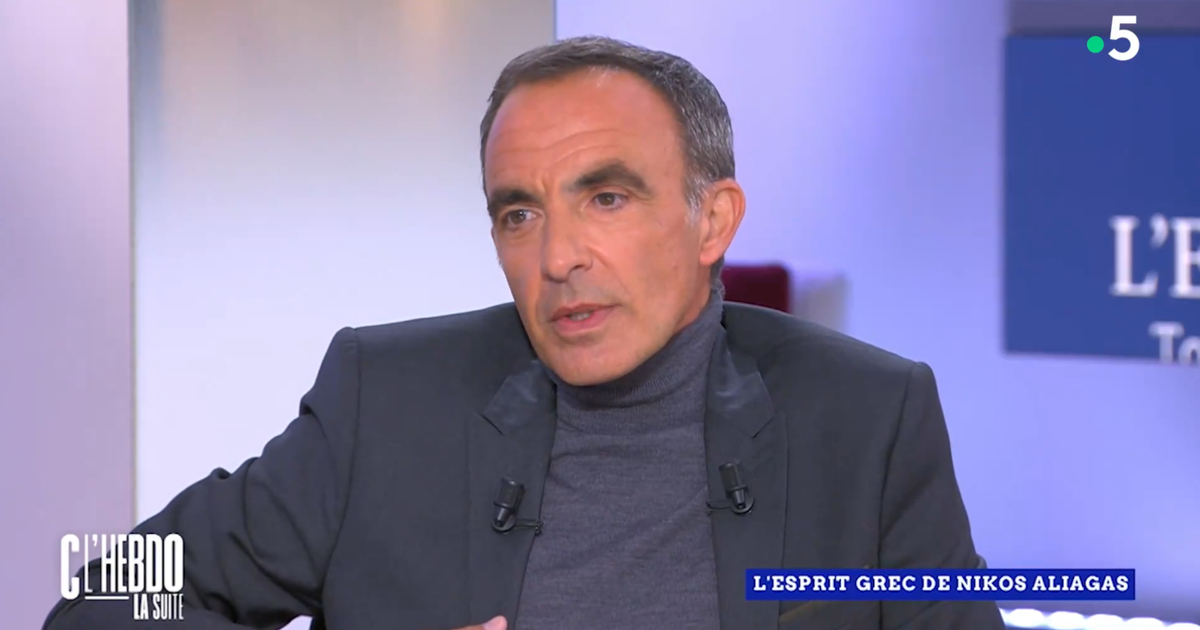Brandenburg is also rich in abandoned industrial sites due to the upheavals after the fall of the Wall.
More and more of them are being turned into museums.
Like many artists, a photographer becomes a chronicler.
Pritzwalk / Cottbus - The number of Brandenburg industrial companies that have been turned into museums has grown from 2 to around 70 within more than three decades. This was announced by the country's museum association. "Before 1989 there were only two museums for industrial culture in what is now the state of Brandenburg: the white tanner museum in Doberlug-Kirchhain and the oven and ceramic museum in Velten," reported managing director Susanne Köstering of the German press agency. According to the Ministry of Culture, along with North Rhine-Westphalia, Saxony, Saxony-Anhalt and Saarland, Brandenburg is one of the federal states in which industrial culture plays an above-average role.
Industrial plants were built in, among other places, Lusatia with its mining landscapes - today there is the Lusatian Industrial Culture Energy Route there.
Industrial cultural institutions were also set up at other industrial locations in the GDR.
Examples are the industrial museum in Brandenburg an der Havel or the Mildenberg brickworks park in Zehdenick with the neighboring clay stitches.
A network founded in 2017 aims to link locations of industrial culture with other tourist offers such as cycling or city tourism as an attractive travel brand.
According to the ministry, the stations of the network are classified into “highlights”, “places of interest” and “insider tips” for visitors.
Above all, the tourism industry is benefiting more and more from the local cultural offerings, including considerable added value.
The closed production facilities also tell about the former social and everyday life. Who worked in the industrial companies that are today a document of the times in landscapes? The photographer Lorenz Kienzle has dedicated himself to the Brandenburg energy and textile industry for almost 30 years. “Places are always so layers of time, the old and the new, all the time that has passed is depicted,” says the Munich-born dpa. He finds Upper Bavaria rather "uninteresting" as a motif. He found a new home in the “unfinished and broken” in Brandenburg's landscapes. An exhibition in Pritzwalk (Prignitz) is currently showing his work on industrial landscapes from 1992 to 2021.His book “Working Worlds and Living Spaces” (publishing house for Berlin and Brandenburg) contains, for example, a long-term documentation about the village of Horno and its inhabitants, which in 2004 had to give way to open-cast lignite mining. The photographer juxtaposes pictures from the Jänschwalde and Welzow opencast mines.
also read
ISS astronaut publishes spectacular space images of a German city
Thomas Pesquet is currently on the ISS: The French astronaut took space pictures - which he has now published with a greeting to all the junkies.
ISS astronaut publishes spectacular space images of a German city
Study medicine in Chemnitz: Campus officially opened
There is a new place to study in Saxony for prospective doctors: the Technical University (TU) Dresden, the Chemnitz Clinic and partners officially opened the Chemnitz Medical Campus on Friday - and at the same time welcomed the second year of study.
The first medicine class started last year, as the TU announced.
In the meantime, 100 young people have been studying at the Chemnitz Medical Campus.
Study medicine in Chemnitz: Campus officially opened
How Kai Diekmann traces a composer
The composer of "Hansel and Gretel", Engelbert Humperdinck, died exactly 100 years ago.
The former "Bild" boss Kai Diekmann has developed a special relationship with the musician from the imperial era.
How Kai Diekmann traces a composer
Subjects of industrial culture were also collected in the Brandenburg State Museum (BLMK) for modern art: According to the museum, large construction sites, power plants, opencast mines and industrial landscapes in the Brandenburg region attracted many artists to motifs. At the Frankfurt (Oder) location, the exhibition “Die Aura der Schmelzer” with collections from Maxhütte and BLMK illuminates how art after 1945 was inspired by industrial companies, production facilities and the people behind them became motifs.
For photographer Kienzle, too, in his own words, the focus is on people in their work environment.
He used his plate camera to take photos of “Hutmacher” or “Spinnerei Forst” in the Guben mills.
He feels like a chronicler.
Among other things, he found out that the two industrial companies used their own terms, which “are sometimes not in the Duden”.
He is currently on the road to record the “split times,” as he says.
dpa










/cloudfront-eu-central-1.images.arcpublishing.com/prisa/KMEYMJKESBAZBE4MRBAM4TGHIQ.jpg)


/cloudfront-eu-central-1.images.arcpublishing.com/prisa/EXJQILQR5QI7OMVRTERD7AEZAU.jpg)
